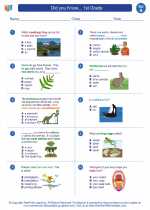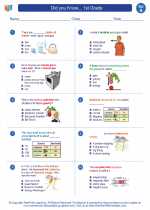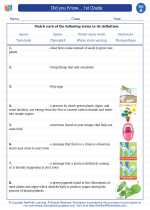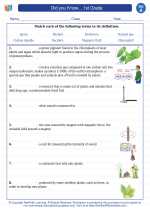Static Electricity
Static electricity is the build-up of electric charge on the surface of objects. It is called "static" because the charges stay in one area for some time and do not flow or move to a different area. This build-up of electric charge occurs when certain materials are rubbed against each other, causing the transfer of electrons from one material to the other. The material that gains electrons becomes negatively charged, while the material that loses electrons becomes positively charged.
Causes of Static Electricity
Static electricity can be caused by various activities such as rubbing two objects together, friction between materials, or even by the movement of certain materials through the air.
Effects of Static Electricity
Some common effects of static electricity include:
- Attraction and repulsion: Objects with opposite charges (positive and negative) are attracted to each other, while objects with the same charge (positive and positive, or negative and negative) repel each other.
- Spark discharge: When the build-up of static electricity becomes too great, it can cause a spark to jump between two charged objects.
- Static cling: The attraction between charged objects can cause materials like clothing to stick together, known as static cling.
Preventing and Discharging Static Electricity
There are several ways to prevent and discharge static electricity, including using antistatic materials, grounding objects, and controlling the humidity in the environment to reduce the build-up of static charges.
Study Guide
Here are some key points to remember when studying static electricity:
- What is static electricity?
- What causes static electricity?
- What are the effects of static electricity?
- How can static electricity be prevented and discharged?
Remember to practice identifying examples of static electricity in everyday situations, and to experiment with different materials to observe the effects of static charge build-up.
Now that you understand the basics of static electricity, try some hands-on experiments to see these principles in action!
[Static Electricity] Related Worksheets and Study Guides:
.◂Science Worksheets and Study Guides First Grade. Did you Know... 1st Grade

 Worksheet/Answer key
Worksheet/Answer key
 Worksheet/Answer key
Worksheet/Answer key
 Worksheet/Answer key
Worksheet/Answer key
 Vocabulary/Answer key
Vocabulary/Answer key
 Vocabulary/Answer key
Vocabulary/Answer key
